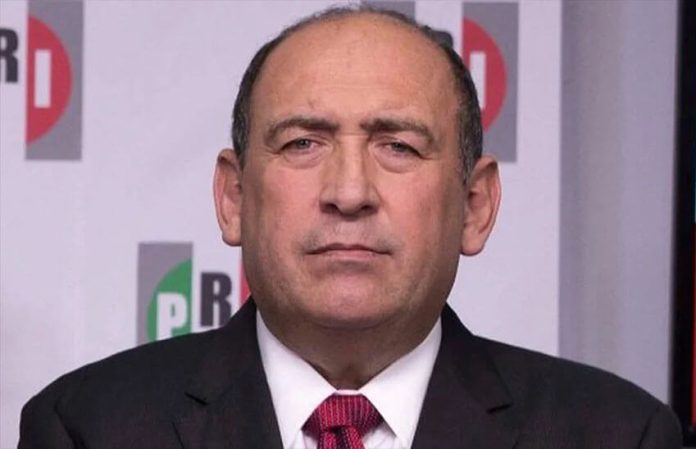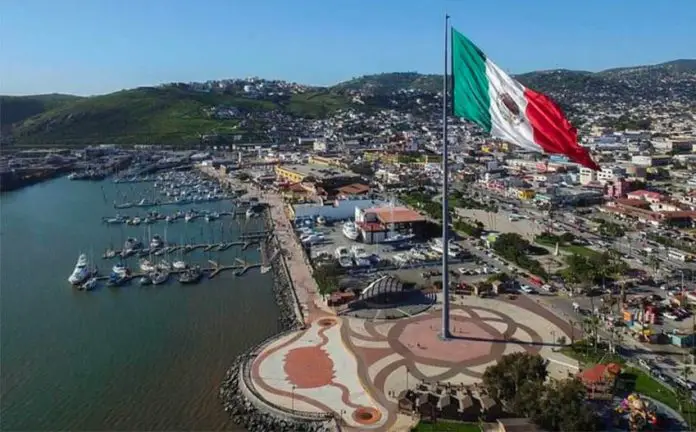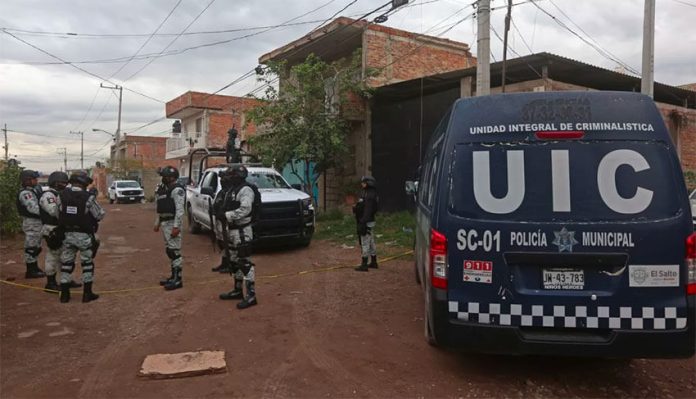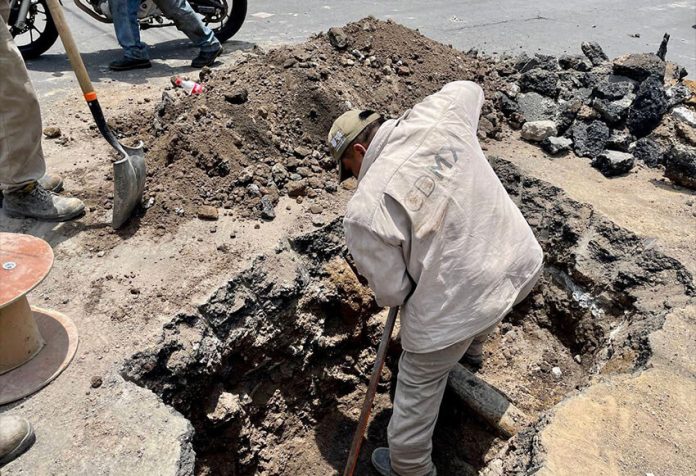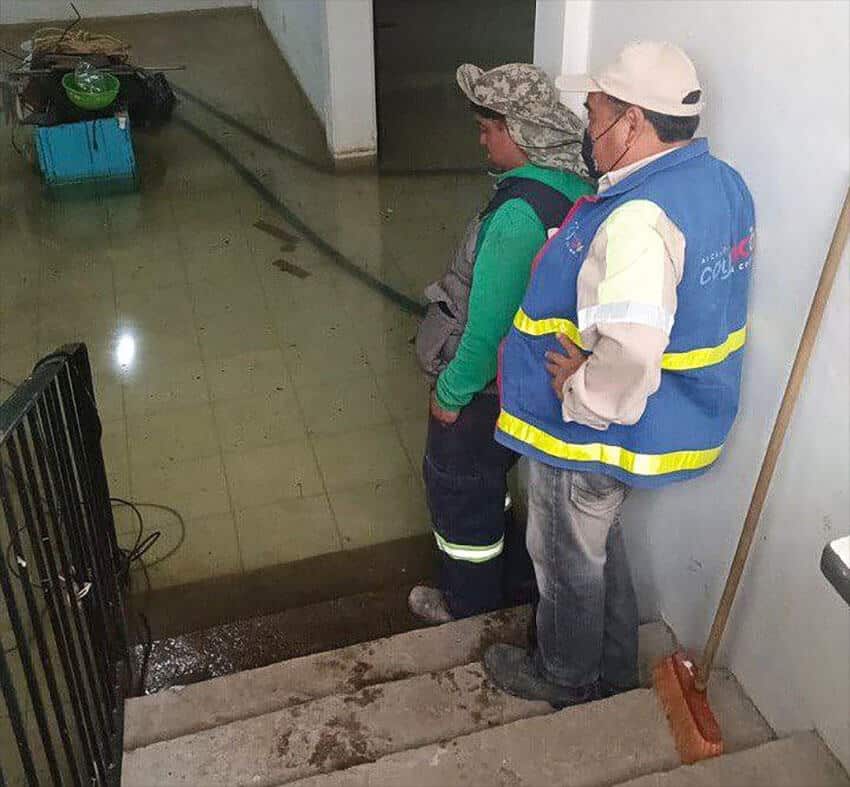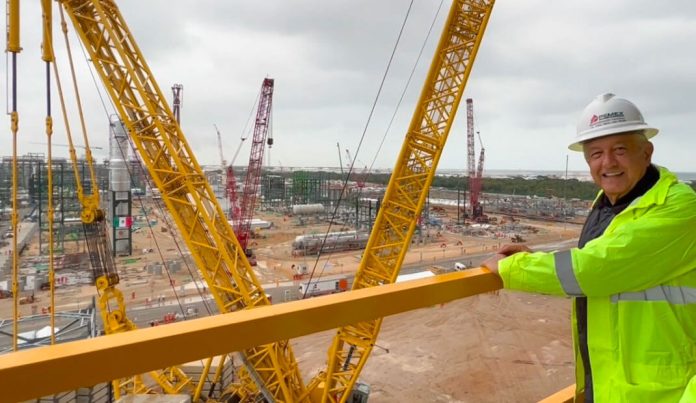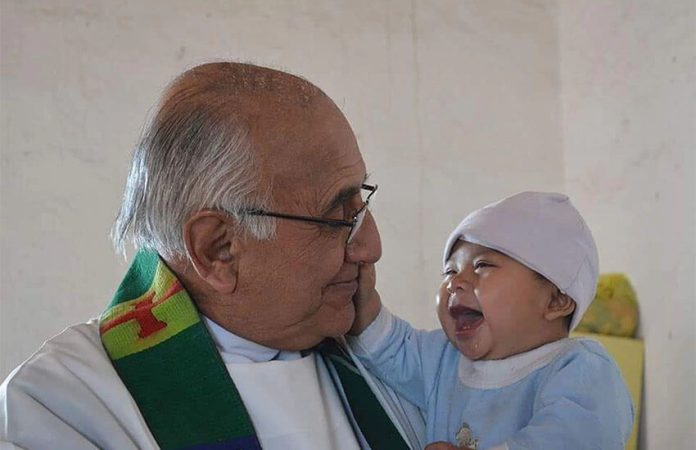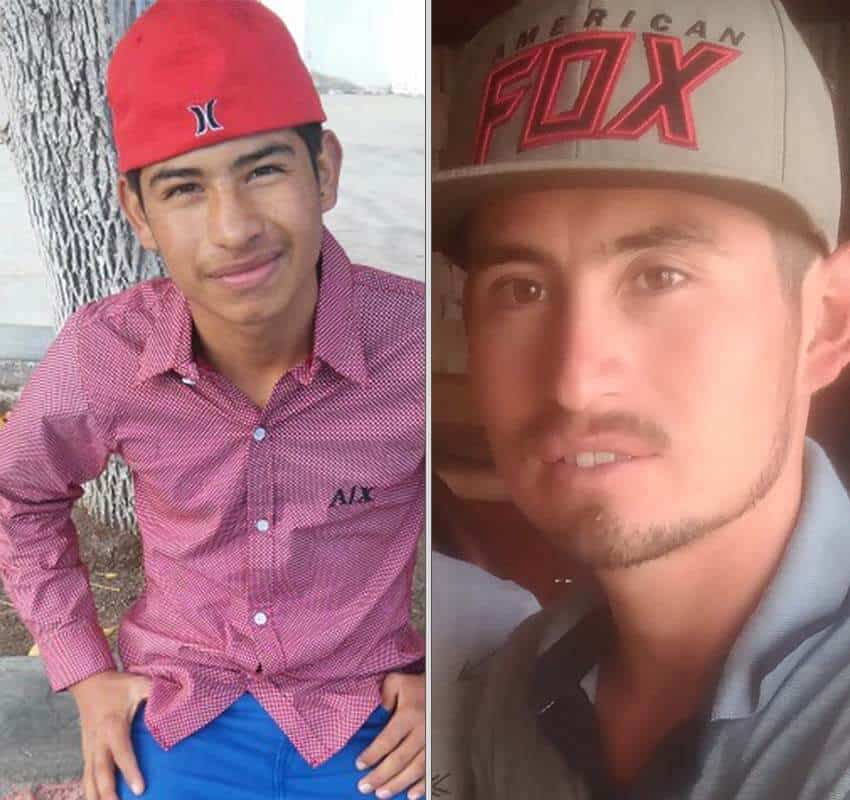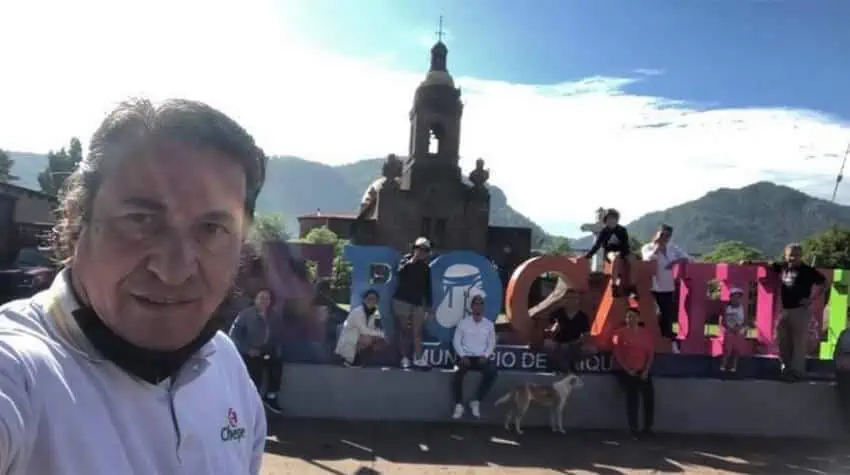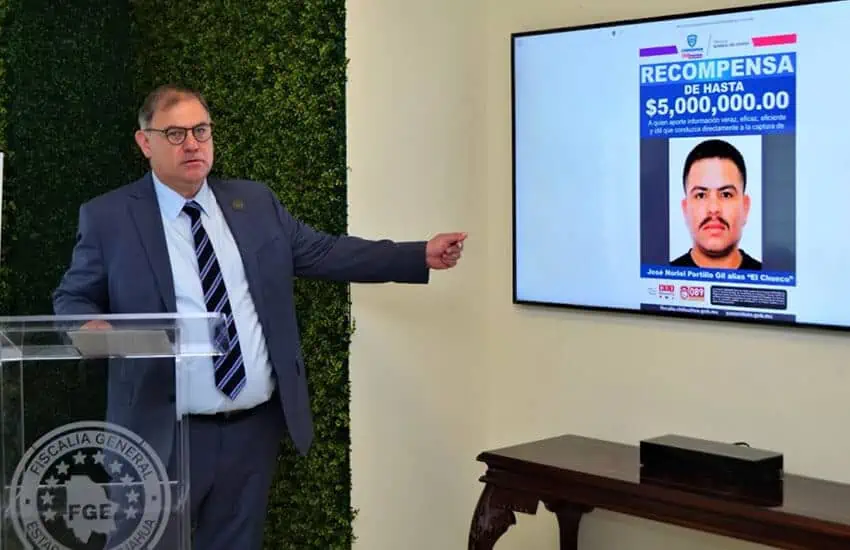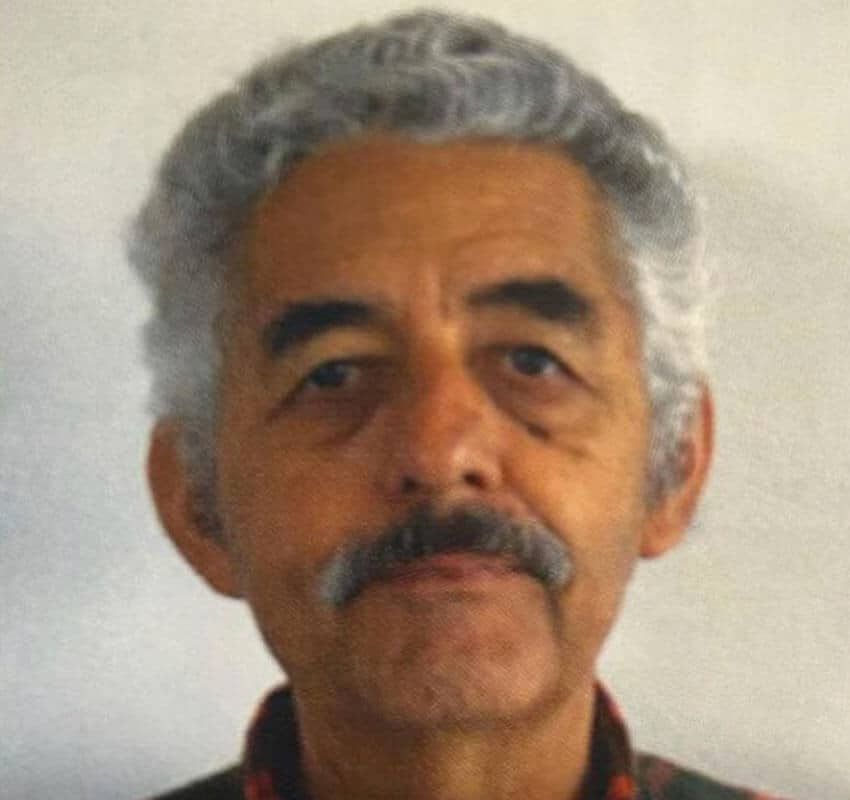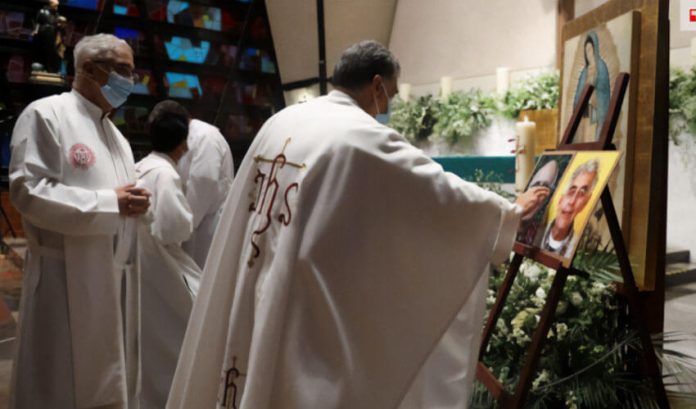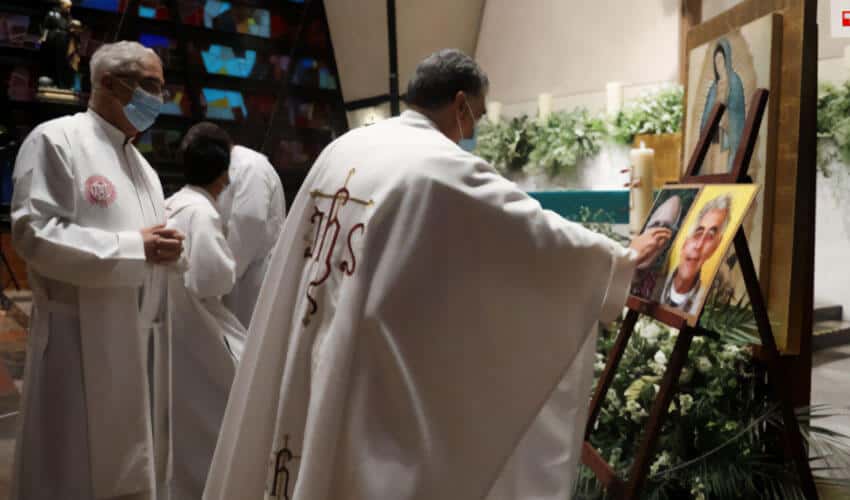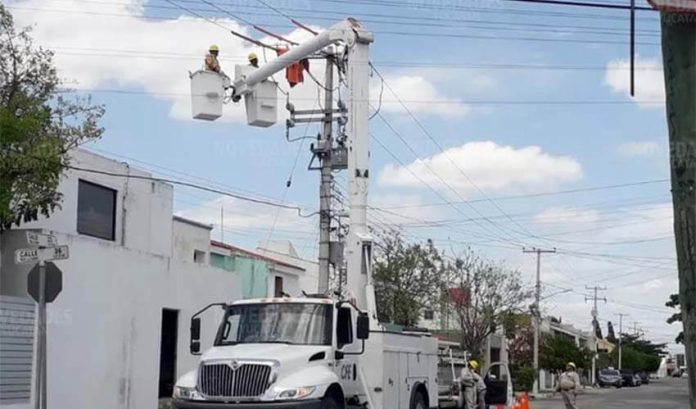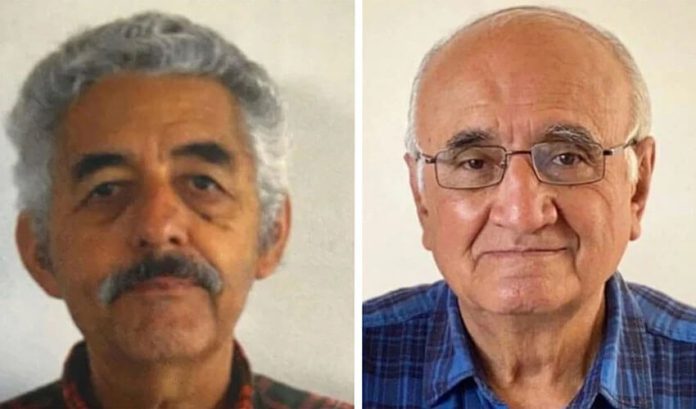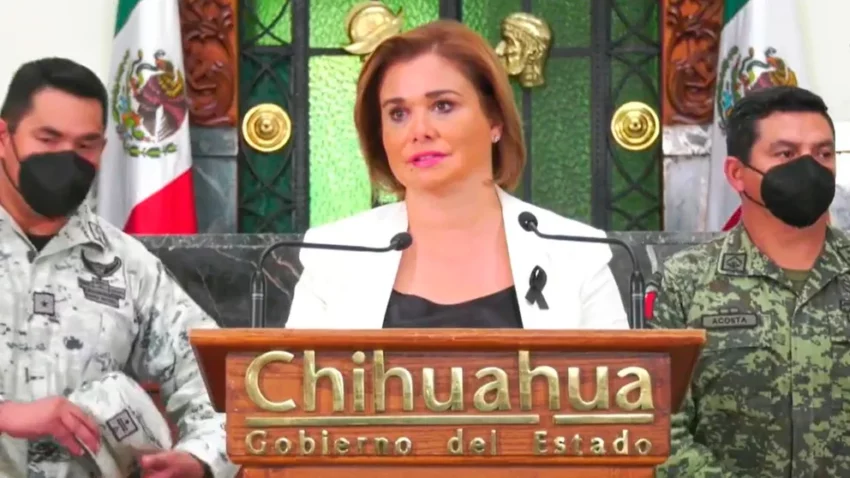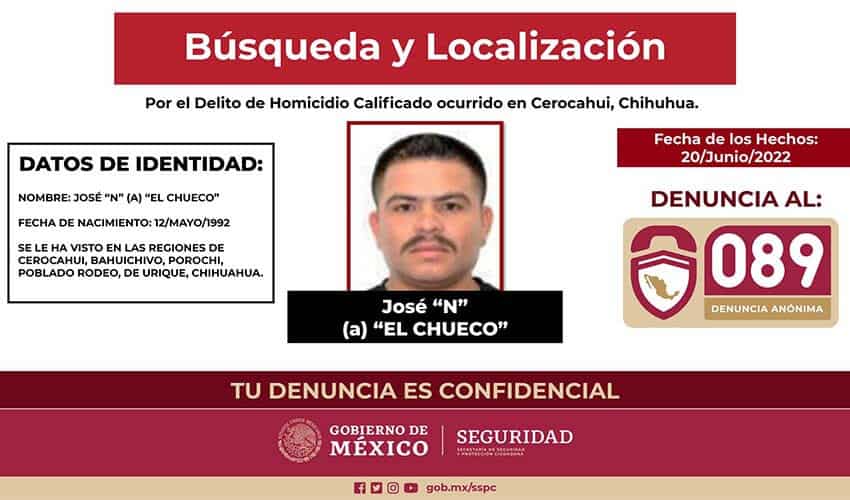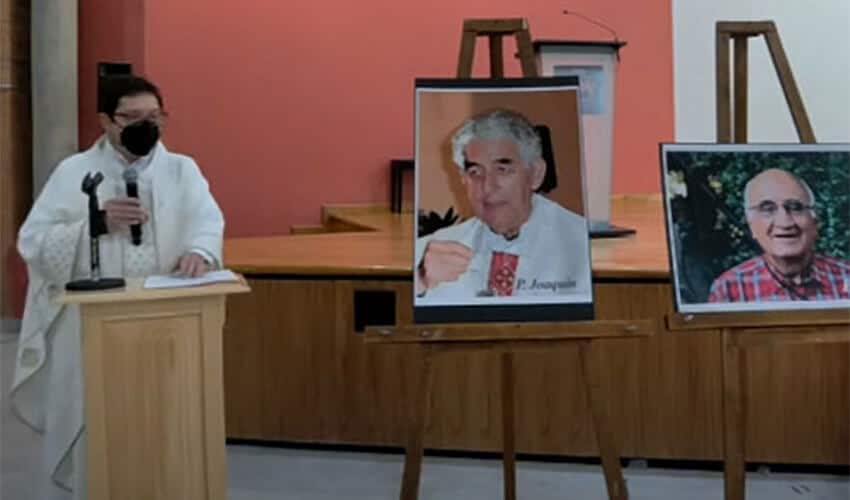Seven years after investigators in Chihuahua uncovered an embezzlement scheme dubbed “Operation Sapphire,” a very similar situation has been illuminated in Coahuila with federal charges filed against the state’s former finance minister.
Ismael Eugenio Ramos Flores, who worked in the 2011-17 administration of Coahuila governor Rubén Moreira, has been accused by the federal Attorney General’s Office (FGR) of diverting approximately 475 million pesos (US $23.8 million), according to evidence presented this week before a federal judge.
The money allegedly was taken from the Fund for Financial Strengthening (Fortafin), a national program created by the government of former President Enrique Peña Nieto, who served from 2012 to 2018. Mexico’s budget policy and finance departments could assign money from that fund to states on a discretionary, as-needed basis.
The charges against Ramos Flores said the 475 million pesos were diverted through 15 simulated contracts for the provision of services such as courses and consultancies. At the hearing, prosecutors from the government’s anti-corruption office presented evidence that the services were contracted irregularly.
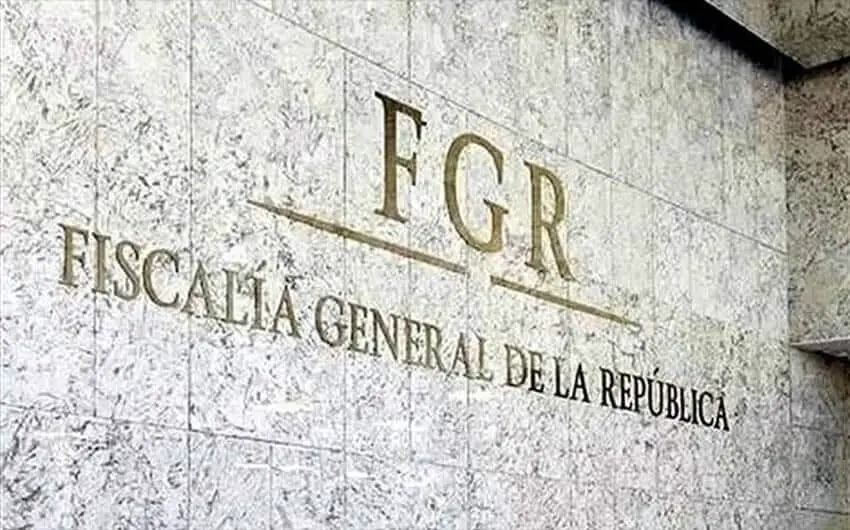
According to the news website Animal Politico, Ramos Flores signed four Fortafin agreements in 2015 for 477 million pesos; in 2016, he signed nine agreements for 1.4 billion pesos; and in 2017, he signed seven for 1.1 billion pesos. In total, that amounted to 2.9 billion pesos in Fortafin contracts for Coahuila.
(According to the Federal Auditor’s Office, Fortafin doled out 62.3 billion pesos in total; in 2017, auditors warned that the fund, which was created to replace the Economic Contingencies Program, lacked operating rules.)
Ramos Flores, who took office in February 2014, was accused by the FGR of embezzlement and the illicit use of funds and power under Moreira, who today is the national coordinator of deputies for the Institutional Revolutionary Party (PRI).
In a courtroom hearing that reportedly started on Tuesday and ended at dawn on Wednesday, Ramos Flores had his passport withdrawn so he would not leave the country. He also was asked not to leave the city of Saltillo, where he lives.
The federal judge said there was sufficient evidence that the crimes were committed and that the accused was probably involved. The FGR will have three more months to investigate.
The FGR also is investigating two other former high-level officials in Coahuila’s Finance Ministry, Antonio Zerón Puga and Nazario Salvador Iga Torre, but they have not yet been charged. A fourth man’s name was cited in the paperwork, but he died in 2018.
An investigation launched by the Attorney General’s Office in Chihuahua in 2016 found that funding through the Fortafin program was used to illegally funnel millions of pesos into PRI election campaigns. That diversion scheme was dubbed “Operation Sapphire.”
The man who reportedly authorized those funds was Alonso Isaac Gamboa Lozano of Mexico’s Budget Policy and Control Unit (UPCP); he also allegedly authorized the 2.9 billion pesos in Fortafin funding to Coahuila that Ramos Flores managed. Gamboa Lozano was murdered, along with his mother and three brothers, in Morelos in 2020, in connection to the alleged “Black Widow” case, a complex web of ghost companies, corruption and money laundering during Peña Nieto’s term as president.
With reports from Vanguardia and Animal Político
